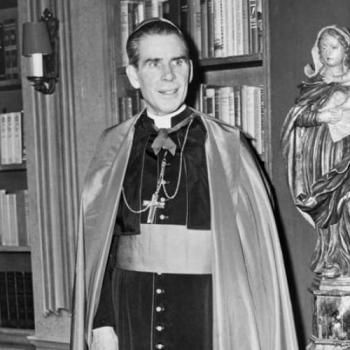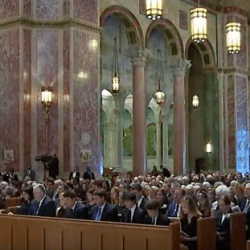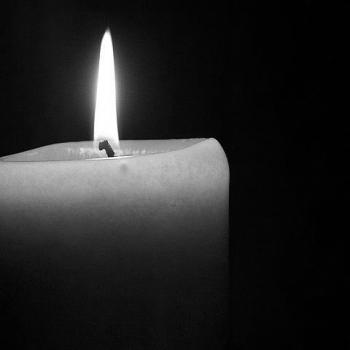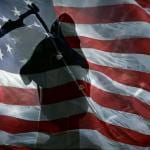And there was evidently a lot they got wrong, according to the lead researcher of the report, Karen J. Terry. She offered the following analysis at John Jay’s online resource, The Crime Report:
Sound bites should not be confused with facts.
By the time we officially released our report (which can be found here) on The Causes and Context of Sexual Abuse of Minors by Catholic Priests in the United States, 1950 – 2010 on May 18, 2011, the media had already seized on incomplete leaks of the report to give it a spin that had only a tangential relationship to what we wrote.
It’s time to put the record straight—and to chart a way forward so that the pattern of abuses we studied is never repeated.
To do that, it’s important to understand the background of the report and what it was intended to accomplish. Our mandate was to understand what led to the problem of child sexual abuse by Catholic priests from 1950 to the present day.
We studied individual priests who abused, the Church leaders who were responsible for overseeing them, and the broader social context in which the abuse took place.
A study of this complexity does not easily lend itself to an accurate sound bite.
Nevertheless, one early media report in a national paper attributed the explanation of social factors as a “Blame Woodstock” excuse, a phrase that went viral and was cited more than 14,000 times within the next two days.
The truth is, at no point in the report did we “blame” Woodstock or simplify the explanation of the abuse crisis to the “swinging sixties,” as some papers reported.
Another fallacy contained in the early media reports included the “fact” that we did not address the problematic actions of the bishops. Critics suggested that since we relied only on data from the dioceses, the bishops influenced the study findings.
Actually, the data for the Causes and Context study came from seven unique sources―a fact overlooked in most media reports. The data were derived from bishops and priests, victim assistance coordinators, victim advocates, survivors, clinicians, seminaries, historical and court documents.
Many media outlets also accused us of being “puppets of the Church.” Although nearly half of the funding for the study was provided by the US Conference of Catholic Bishops, the National Review Board―a group of lay Catholics created in the 2002 Charter for the Protection of Children and Young People ―was tasked with overseeing the progress of the report.
The bishops did not influence our findings in any way.
It is also worth pointing out that I am not Catholic, and I have not historically, nor do I currently have, any personal ties to the Catholic Church.
That’s just the beginning. Read the rest.











